Painting Coving - The Ultimate Guide
Painting ceilings and coving can be perceived to be one of the trickiest parts of painting a room, but it doesn't have to be if you know what you are doing and you have the best tools for the job. It is important to never leave your ceiling or coving unfinished when decorating a room as they can make all the difference to the space.
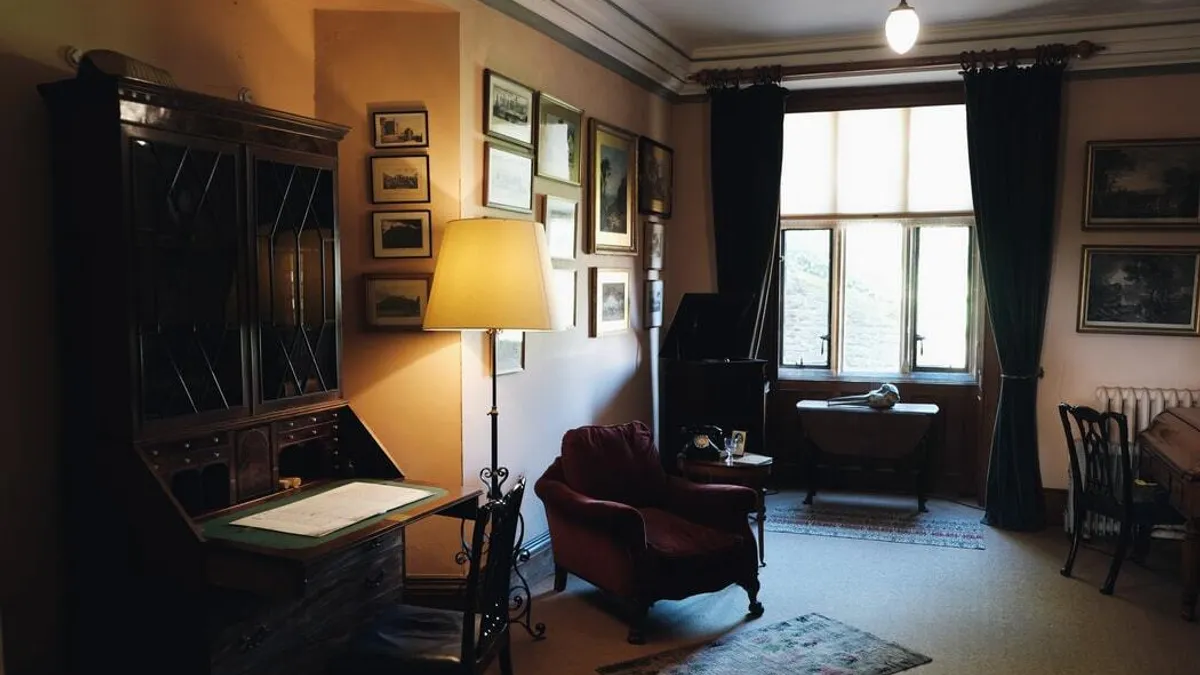
What Is Coving?
Coving is a strip of material, usually polystyrene or plaster, that is used in order to create a decorative border between interior walls and ceilings. The term coving and cornice is often used interchangeably, with a cornice being a more decorative style of coving, with coving often being a more 'plain' style. Ultimately, they both act as a decorative addition to many rooms, especially living rooms and bedrooms.
Painting Coving
Coving, along with the ceiling, is an often neglected part of decorating a room, usually being left for much longer than interior walls before being painted. Coving as it acts as a joint between the wall and ceiling is almost always painted in the same colour as the ceiling. That means that more often than not coving is painted white or brilliant white to match the ceiling and to create contrast with the wall. With homeowners desiring a more contemporary look in recent years, coving has started to be painted a different colour in order to experiment with a less traditional look.
What Paint To Use On Coving
A question we are often asked regarding painting coving is whether to use emulsion or gloss. While high sheen paint finishes like satin and gloss are used on interior trim and detailing, this is almost always interior wood and metal. When it comes to coving emulsion paints are used, which are water-based paints that are used on interior walls & ceilings in matt, eggshell, silk or soft sheen finishes, depending on the finish of choice in the room.
The Best Paint For Coving
When it comes to painting coving, it is completely up to you what paint you use, as long as it is a water-based paint that can be applied to interior walls. The paint you opt for will depend on the level of sheen you want to achieve. Sheen refers to the amount of light than a paint finish reflects, with matt having the least sheen and silk having the highest of the typically used emulsion paints:
- Matt - the most popular shade for interior walls, offering a modern, flat finish that does not offer much sheen. It is the least durable paint finish, however due to the positioning of coving this is not an issue
- Eggshell - offers a slightly more sheen than a matt finish
- Soft sheen & silk - mid-sheen finishes that are less commonly used, especially if it is not used on the walls or ceiling
Generally it is recommended to use the same sheen that has been used on the interior wall, however this does not mean this has to be done.
Here are the best emulsion paints for each paint finish:
The Best Matt Paint For Coving
When it comes to a matt emulsion, we recommend Crown Trade Vinyl Matt. It offers excellent opacity, a superb finish that does flash and brilliant value for money, which is everything you could ask for when looking for a matt emulsion for interior walls & ceilings. It is an example of a vinyl matt emulsion, which is a matt finish that has had vinyl added to provide it with added durability.
Crucially, it can be mixed in almost any colour, so you can get the perfect shade for you. This includes RAL, British Standard & NCS shades, as well as equivalent shades from all major paint manufacturers, even designer ones. If you want a fashionable matt finish in a colour of your choice, look no further!
The Best Eggshell Paint For Coving
When it comes to a water-based eggshell finish, the Tikkurila Optiva Semi Matt 20 is an excellent option as it provides a classic low sheen finish that can be applied to interior walls & ceilings. It is a water-based emulsion, not to be confused with oil-based eggshell paints that are used on woodwork and metal.
Being from Tikkurila is represents the highest quality paint you can get, achieving a durable, beautiful mid-sheen finish that is scrub-resistant and zero VOC. If you want to achieve hgih-quality results without the hassle, this is the paint for you! It again can be mixed in thousands of colours with our paint mixing service, allowing you to get that perfect shade for you in a premium eggshell paint.
The Best Silk & Soft Sheen For Coving
While not traditional finishes for coving or ceilings, silk and soft-sheen paints can be applied to them as they are water-based emulsions. When it comes to silk and soft sheen we highly recommend the emulsions from Dulux Trade as they are some of the highest quality products on the market with superb coverages of 16m² per litre.
How To Paint Coving
Once you know what paint you are using, the next step is to establish how to go about painting coving.
Step 1: Preparation
The single most important step of any painting project is to prepare the surface before painting.
Make sure you prepare the room before painting. You will be painting at heights so it is important to make the space as easily accessible as possible and to cover any objects that you do not want painting, including the floor. Put down a dust sheet on the floor and apply masking tape or masking film around the coving to prevent any misplaced paint. Applying masking tape isn't required if you are going to cut in free-hand, but if you are an inexperienced painter then using masking tape is recommended to give you the best possible finish. Furthermore, if you are painting your ceiling at the same time and the same colour as your coving, you only need to mask the part of the coving that joins with the wall.
When it comes to using masking tape we would recommend you opt for a good trade masking tape such as Q1 Precision Line Masking Tape. The reason many people find that masking tape does not prevent the paint from bleeding through is because they are using poor quality masking tape. A good trade tape will prevent this bleed through, leaving you with perfectly straight lines.
Step 2: Priming
If it is plaster coving that has not been painted previously, you must prime this before painting. Apply one coat of a good general use primer such as Zinsser Bullseye 1-2-3 using a paint brush. This should be applied thinly but evenly to give you a solid base to apply the paint.
Step 3: Painting
Now the important part, the painting. Ensuring you use the best tools for this part of the process will pay dividends in the long-run, which is why it is important to use a good-quality paint brush. Ensure you use a synthetic paint brush as chances are you will be painting with a water-based paint. A natural bristle brush will absorb water, which is why they can only be used with oil-based paint.
Starting around an inch from the edge of the coving, apply the paint, gradually getting closer and closer to the edge. If you are using masking, you can apply the paint over the edge. If you are painting your ceiling at the same time, you can apply the paint around the edge of the ceiling too as this will save you the time of cutting in your ceiling. Once you have painted all the edges of the coving, you can fill in the rest with a paint brush or a mini roller if you are able to. You can then use a 9" roller to put the first coat of paint on your ceiling, as doing this now will prevent the coving and ceiling mismatching.
Once you have applied one layer of paint, leave to completely dry before applying the second coat. Apply the second coat slightly thicker than the first coat but still ensure a uniformly even finish. If you are using a trade paint, the chances are it will only take two coats, but if required apply a third coat.
Frequently Asked Questions
Q. Should I paint coving or ceiling first?
If you are painting coving and a ceiling at the same time it is crucial to achieve the most uniform finish. Apply the first coat of paint to the coving and then the ceiling straight after. Once the first coat has dried you can repeat with the second coat.
Q. What is the best coving paint brush?
A rounded paint brush, otherwise known as a sash brush, is ideal for painting coving as the bristles naturally curve in the shape of many details. You can also use an angled brush or any small brush between 1.5" and 4". No matter what paint brush you opt for, it is important that you get a good-quality one. While it can be tempting to save money any decorating equipment, the finish you will achieve with a good paint brush is far greater than one from a cheap brush.
Q. Should I paint coving the same colour as my ceiling?
Traditionally, coving and ceilings have both been painted white in order to create an open and light feel to the room. In recent years however, it has become increasingly popular to paint coving and ceilings in a colour. This non-traditional use of colour is a big trend in modern home decor as making your home unique is something that homeowners want today.
Further to this, many people decide to paint their coving the same colour as the interior walls of a room. Painting skirting boards & coving in the same colour as the wall will make the wall seem taller. This is perfect if you have a low ceiling that can enclose your room, making it feel more claustrophobic.
An alternative school of thought is to paint coving in a completely unique colour to highlight it. Painting the coving a different colour is excellent in hallways as it can create beautiful adjacent lines that look super modern.
The way you paint your coving is completely up to you. There is no right or wrong answer as each method has its own benefits and can create an equally effective look.
Painting Coving Ideas
As we have discussed, there are endless opportunities when it comes to painting coving. Sometimes seeing an image can sprout an idea, which is why we have found some of our favourite examples of different ways to paint coving.
1. Traditional
The traditional coving look is a beautifully timeless one that we all recognise. When done well and when contrasting with a strong interior wall colour it is so effective. The white coving matches perfectly with any decor but especially with rich greens and blues.
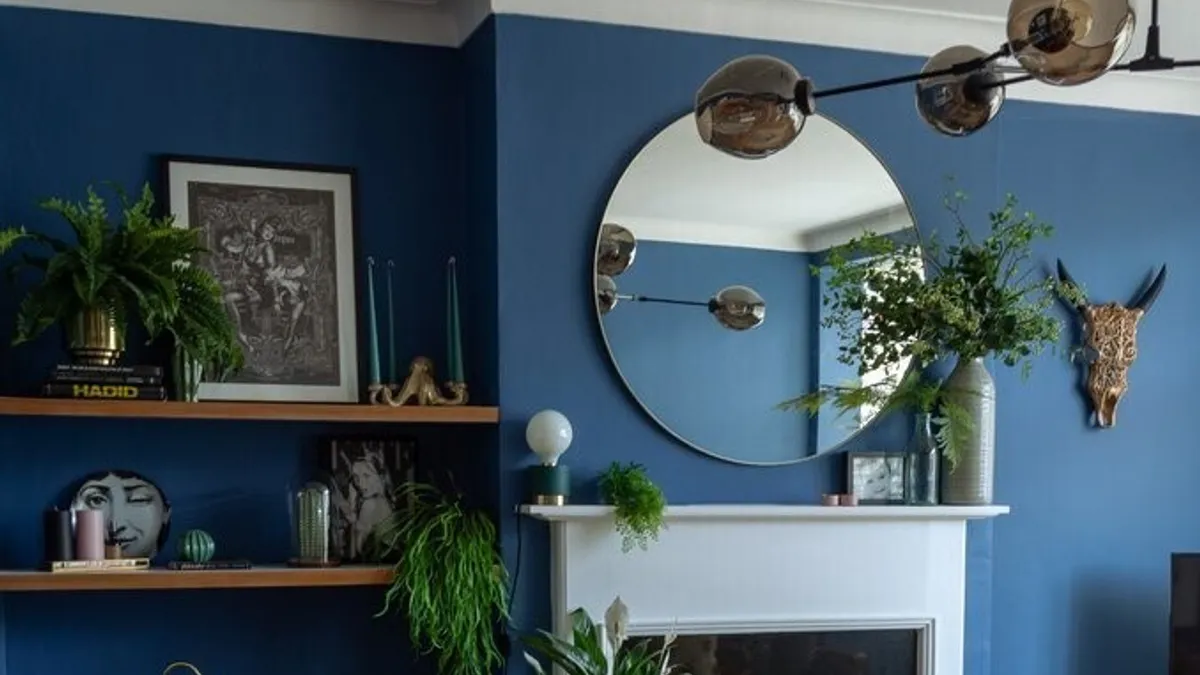
2. Taller walls
Painting coving in the same colour as the wall is brilliant for creating a long, tall wall that can make a room look completely different. This is a hugely underused coving painting technique that we think works brilliantly well.
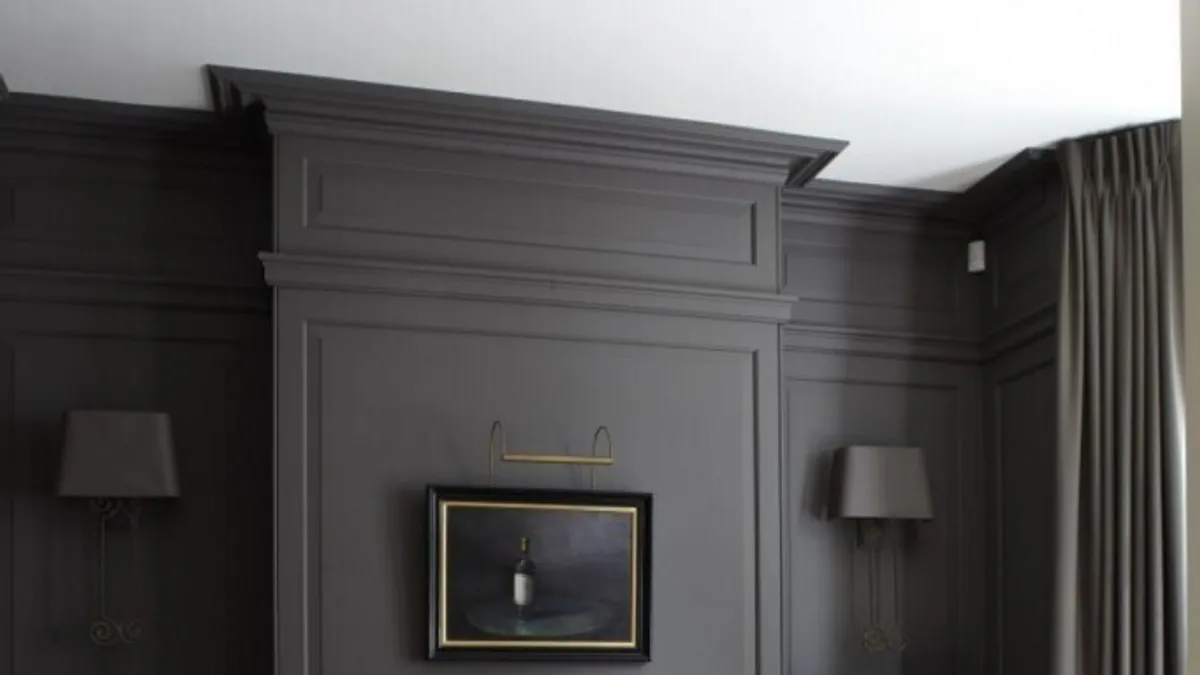
3. Coloured Ceiling
Another way to paint coving is to use this and the ceiling as an opportunity to add colour to the room. This isn't recommended if you have a low ceiling, however if you have a tall ceiling, it can be a fantastic way to add an unusual but undeniably contemporary look to a space.
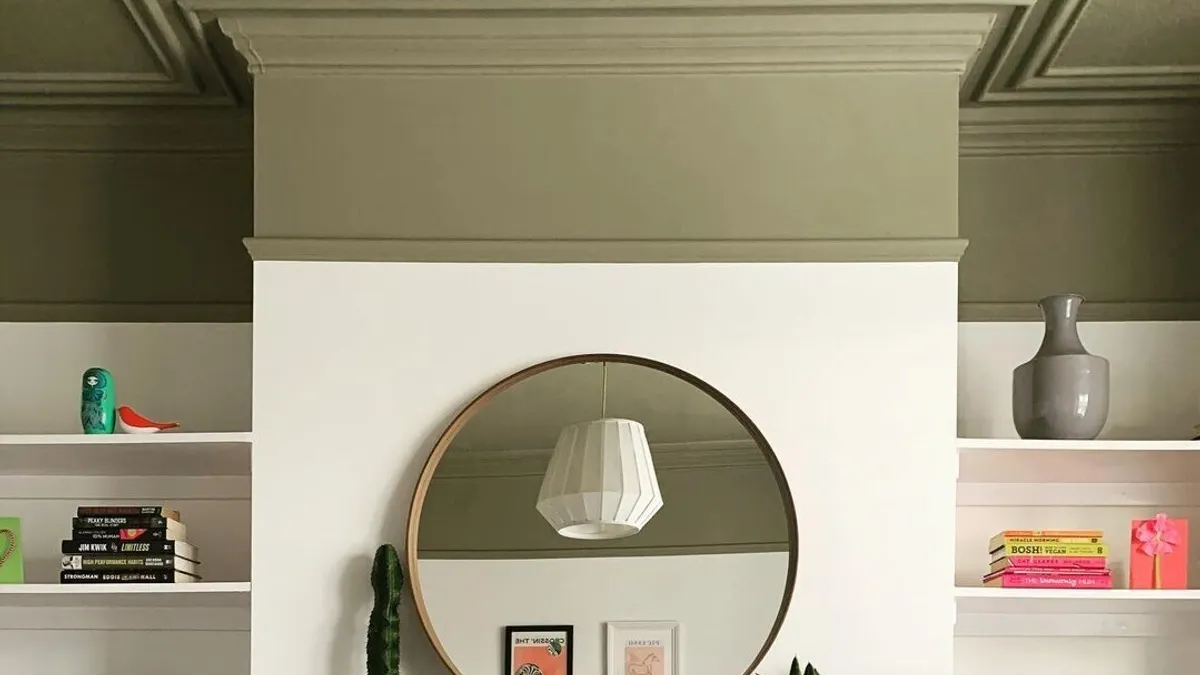
4. Accent Coving
Lastly creating an accent colour through the coving is a way to create a strong border between the ceiling and wall. If you are going to a fully white room, this is a great way to split the room up and create clean lines through each dimension of the room.
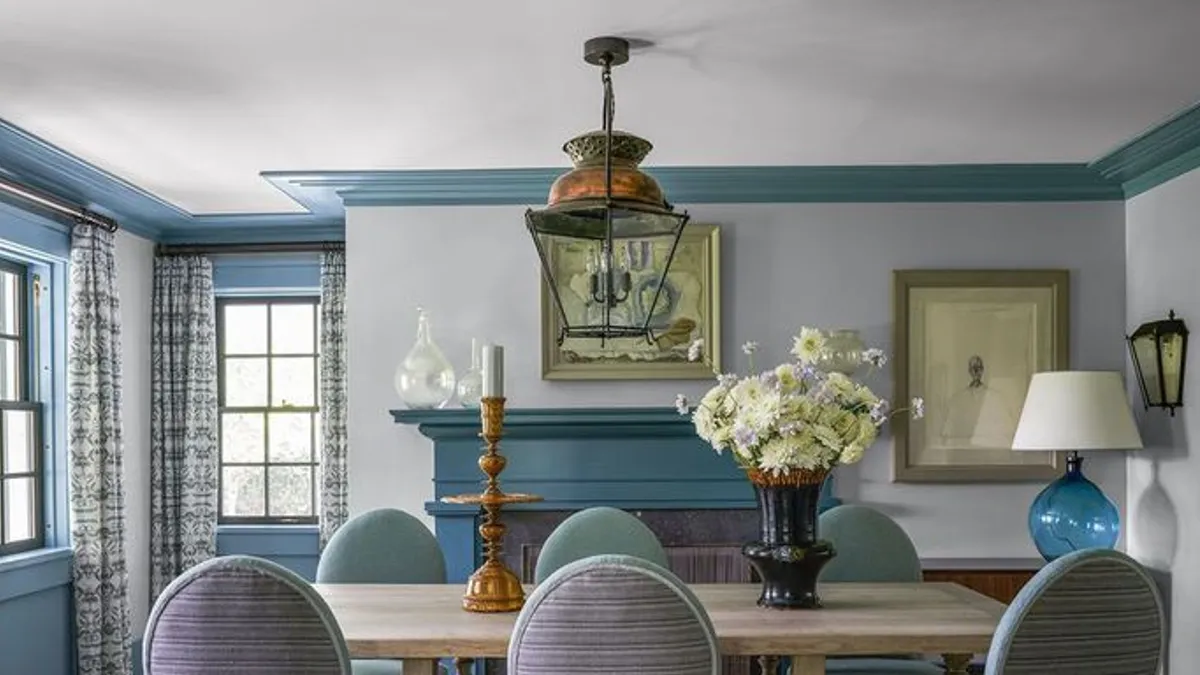
We hope this has answered any questions you may have had regarding painting coving. Why not shop the range of trade paint, decorating tools & supplies we have in stock here at Painters World, all with FREE next working day delivery available.



Sign up now and be the first to know about exclusive offers, product updates, and announcements.




